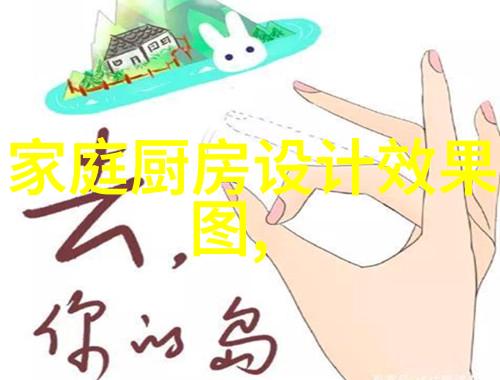膜分离技术的核心:揭秘膜分离设备的原理与应用

概述
membrane separation technology, a core technology in modern chemical industry and environmental protection, is based on the selective permeability of semi-permeable membranes. The basic principle of membrane separation devices lies in the transfer of substances across a semipermeable membrane due to concentration gradients or pressure differences.

分类
Membrane separation devices can be categorized into three main types: microfiltration (MF), ultrafiltration (UF), and reverse osmosis (RO). Each type has its unique pore size and selectivity towards different molecules or particles.

工作原理
Microfiltration separates suspended solids from liquids through mechanical filtration, while ultrafiltration retards solutes by size exclusion mechanism. Reverse osmosis utilizes an applied pressure to overcome osmotic pressure and separate salts from water based on their molecular weights.

应用领域
Membrane separation devices are widely used in various industries such as pharmaceuticals for purification of bio-products; wastewater treatment for removal of pollutants; food processing for clarification and sterilization; biotechnology for cell culture media filtration; desalination plants to produce clean drinking water.

技术挑战与发展趋势
Despite their effectiveness, membrane separation devices face challenges like fouling caused by deposition of impurities onto the surface or within the pores, which requires periodic cleaning or replacement. To address this issue, researchers have been developing new materials with improved antifouling properties as well as novel module designs that enhance mass transfer efficiency.
未来展望
Future prospects indicate continuous advancements in material science leading to more robust membranes with enhanced selectivity and permeability rates at lower operating pressures reducing energy consumption costs while improving overall efficiency in diverse industrial applications worldwide.
结束。



